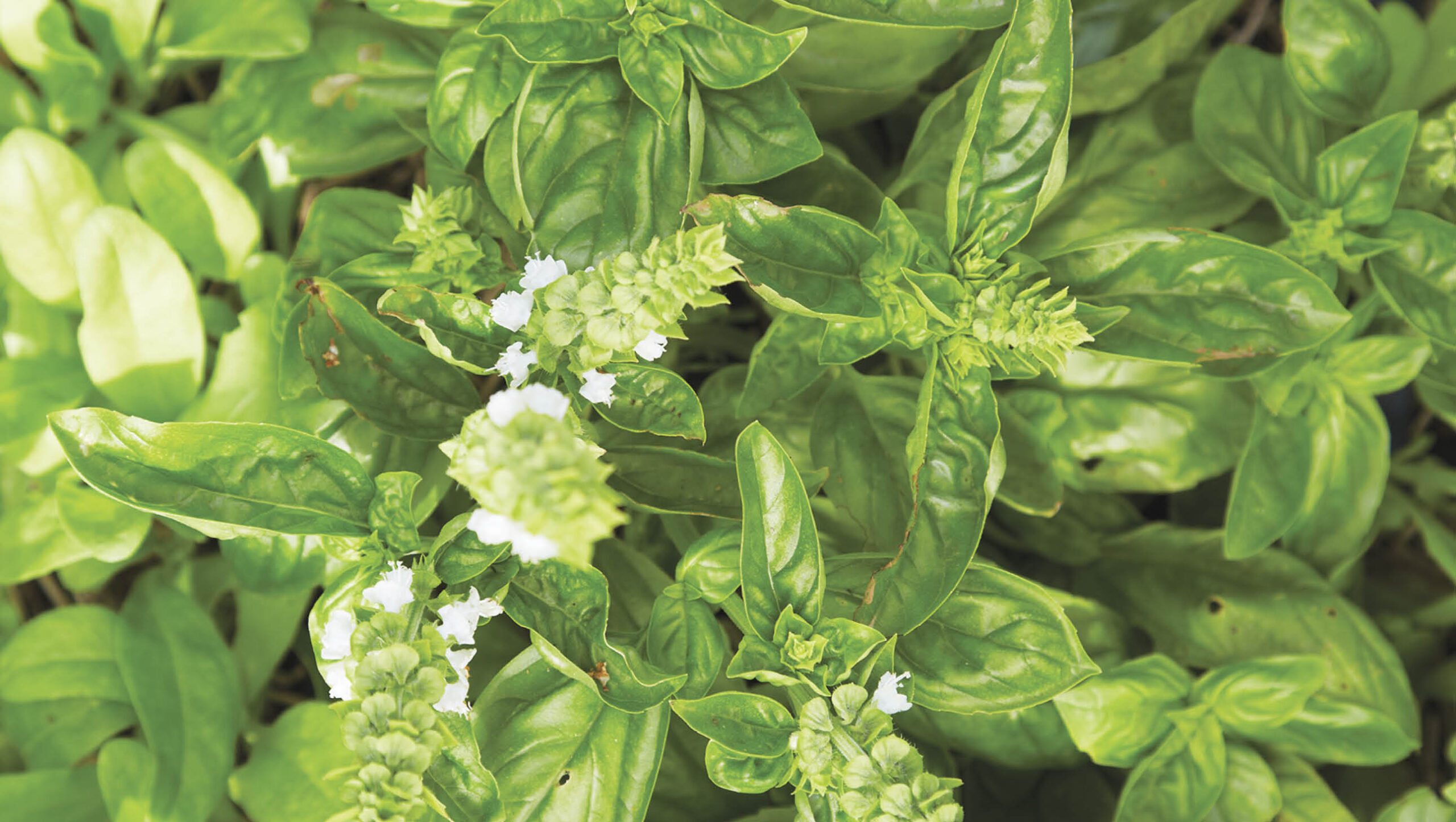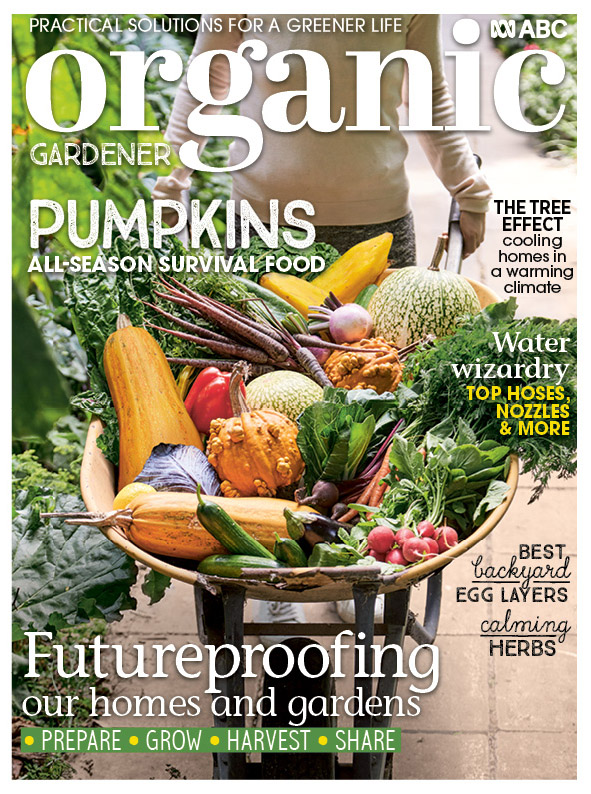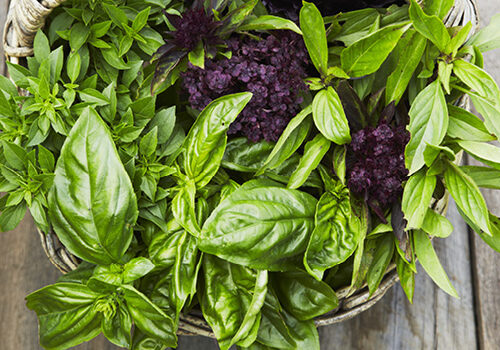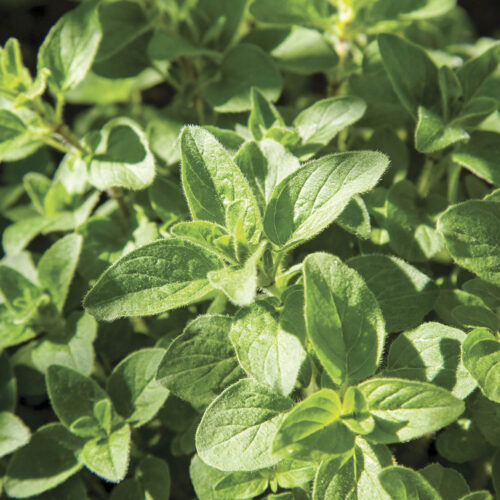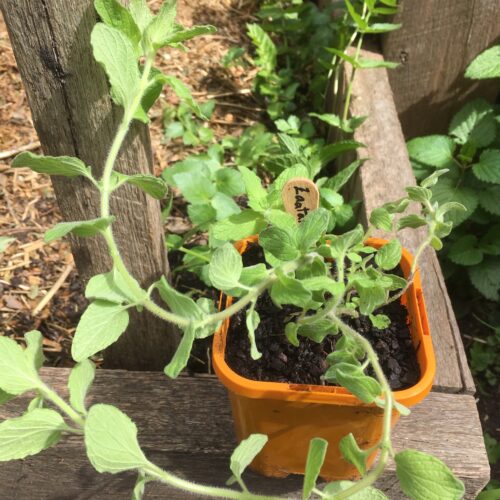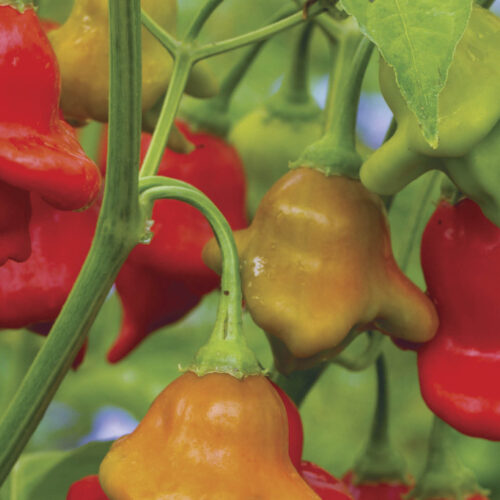Make your own calming herbal tea
2022-10-31T05:54:19+11:00
Herbs not only add colour to your garden and flavour to food, they can also be made into calming teas and soothing oils. Here Penny Woodward looks at basil and chamomile.
There’s a variety of herbs to help with the many stresses of our busy lives: basil, lemon balm, rosemary and English lavender to name a few. All the plants I use I grow in my garden, so I’m not buying teabags or bottles of pure oils. I make them myself as needed. I never use teabags. I make a pot of tea, or use an infuser for both my ‘normal’ tea, as well as the herb teas. With a herbal tea it’s often as simple as dropping some fresh leaves in a cup and pouring boiling water over the top. Here’s two that you might be growing yourself:
Basil
(Ocimum basilicum)
Part used: Fresh and dried leaves and flowers, or leaves on their own.
Basil (pictured above) is a warming, relaxing herb that is believed to help you adapt to change and new events. Drink the tea to aid relaxation and ease tension. You can also add infused oil or fresh leaves to the bath water, or massage the oil into the body, or do both, to ease nervous exhaustion, stress and fatigue.
Grow: Sweet basil needs plenty of warmth and moisture and won’t tolerate damp and cold together. Grow basil from seed, sown in spring and transplant the seedlings outside when the soil has warmed up after the last chance of frost has passed. In tropical regions, plants can also be grown from cuttings or in all regions bought as seedlings ready to plant.
In cooler regions, protect young seedlings in the first weeks of growth with a plastic guard. Cut the top and bottom from a plastic drink bottle and place this around each plant. Remove once the weather warms up. Basil grows well in any humus-rich soil in full sun with adequate water. Leaves are best harvested and used fresh, but dried is ok in winter if fresh leaves are not available.
Chamomile
Perennial Roman/English (Chamaemelum nobile)
and annual German (Matricaria recutita)
Part used: Fresh or dried flowers.
Although different plants, these chamomiles are in the same botanical family and can be used in similar ways. Herbal tea made from the flowers helps to lessen the stressful effects of acute or chronic pain. Add the flowers to the bath water of young children who are teething or have colic. Chamomile relieves irritability and generally relaxes. For adults, drink to ease headaches and lessen tension, relax muscles and ease nervous stress.
Warning: Don’t drink this herbal tea if you’re allergic to other plants in the Asteraceae family, they can cause a severe allergic reaction in a very small number of people. Don’t drink if pregnant.
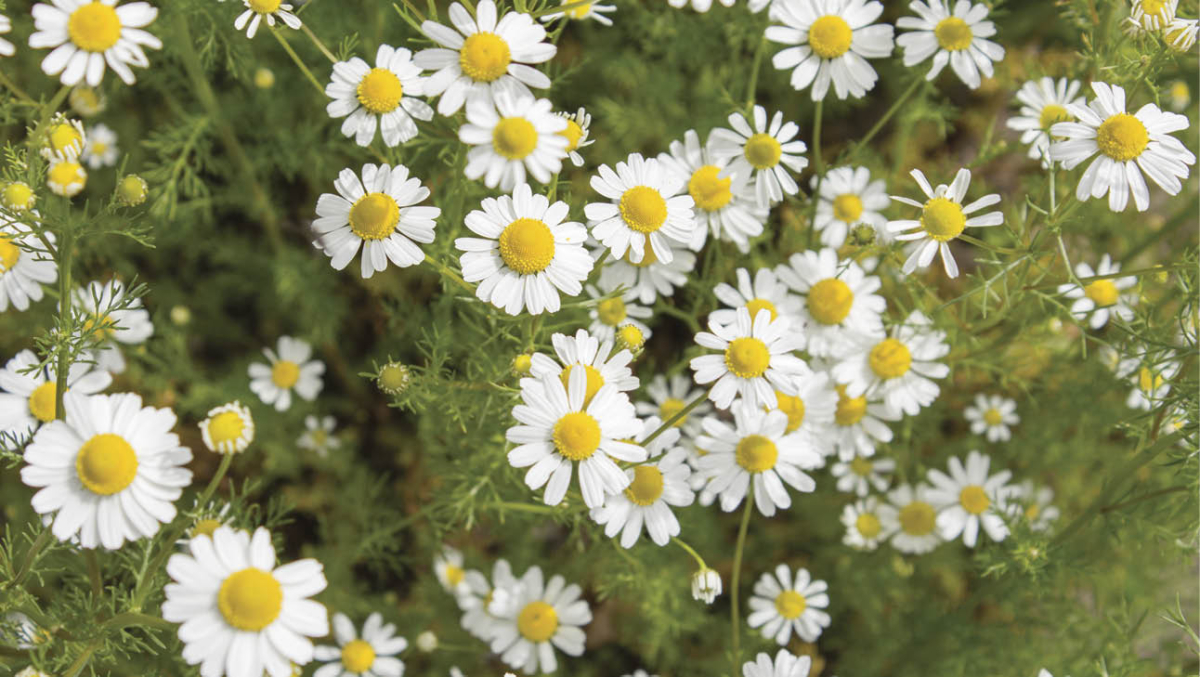
Grow: You can grow either chamomile from seed sown in spring. Annual chamomile will self-sow. Perennial chamomile is also grown by dividing clumps and replanting rooted pieces in early spring. Both chamomiles prefer a light sandy-loam that is well drained and slightly acid. They like full sun or semi-shade. Harvest the flowers continuously during the flowering period and dry them as quickly as possible after harvesting to maintain a high oil content.
Penny has written about other herbs, including lemon balm and bergamot, as well as how she prepares her herbs for use in teas and oils in our Early Summer 2022 issue (OG 137). There’s a selection of back issues available here — you can also subscribe and get the most recent issues delivered to your door!

